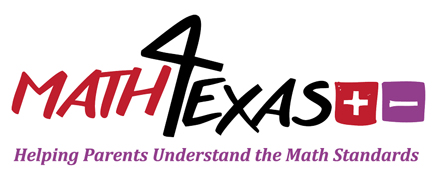In Third Grade
-
In third grade, students will used attributes to recognize rhombuses, parallelograms, trapezoids, rectangles, and squares as example of quadrilaterals, and classified and sorted two-and three-dimensional figures based on their attributes. These figures included cones, cylinders, spheres, triangle prisms, rectangular prisms, and cubes.
Students will decomposed composite figures into non-overlapping rectangles to determine the area of the original figure, decomposed two congruent two-dimensional figures into parts with equal areas, and determined the area of rectangles using the length of the sides.
In Fourth Grade
-
Fourth grade students will identify points, lines, line segments, rays, angles, parallel lines, perpendicular lines, one of more lines of symmetry, and solve problems involving perimeter and area.Students will also classify two-dimensional figures based on the presence or absence of parallel lines, perpendicular lines, or angles of a specified size, identify rights, acute, and obtuse triangles based on their knowledge of right angles, and use a protractor to measure angles.
In Fifth Grade
-
Fifth grade students will represent and solve problems involving perimeter, area, and volume as well as calculate conversions with the customary or metric system. Students will also determine the volume of a rectangular prism, recognize the volume of one cubic unit, and classify two-dimensional figures in a hierarchy of sets and subsets using graphic organizers based on their attributes and properties.







